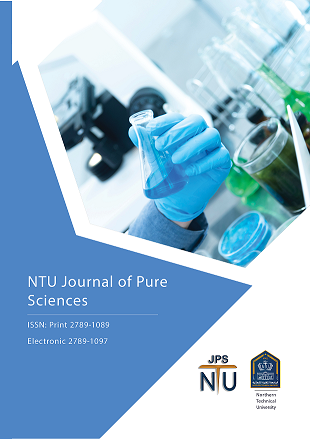Study the Effect of Biofilm Production on Antibiotic Resistance in Proteus mirabilis Isolated from Clinical Samples in Kirkuk City
DOI:
https://doi.org/10.56286/ntujps.v2i1.339Keywords:
Proteus mirabilis, biofilm, antibiotic resistance, Kirkuk cityAbstract
Proteus mirabilis is one of the most infectious organisms that inhabits the environment and causes a various infections involving those of the skin, respiratory tract, wounds and urinary tract. One of the main virulence features in P. mirabilis that plays a role in the pathogenesis and antibiotic resistance is the ability to form biofilm. The aim of study was to determine the relation between the antibiotic resistance and the biofilm formation by P. mirabilis. A total of
(205) samples were collected from different clinical samples (urine, wound and burn swabs) in Kirkuk city hospitals. (32) Isolates were identified as P. mirabilis. Eight antibiotic discs were used for the antibiotic sensitivity test by disc diffusion method. Also, a micro titter plate method used for the detection of biofilm. The results of the antibiotic sensitivity showed variation in the rates of antibiotic resistance, doxycycline 29(90.6%), Trimethoprim- sulfamethaxole 27(84.37%), Ampicillin 22(68.75%) and amoxicillin/clavulanic 21(65.62%) resistance were found in the majority of the isolates. Gentamicin and cefotaxim (37.5%, 40.6%) respectively were moderate resistance, while Imipenem and Ciprofloxacin have low resistance and consider the most effective medication against P. mirabilis. The results showed 8 (25%) of P. mirabilis strong biofilm producer, 13 (41.6%) moderate biofilm producer, 8 (25%) weak biofilm producer and 3 (9.37%) non-biofilm producer. The study concluded that there is
a link among biofilm production and antibiotic resistance.
Downloads
Downloads
Published
Issue
Section
License
This work is licensed under a Creative Commons Attribution 4.0 International License (CC BY 4.0), which permits unrestricted use, distribution, and reproduction in any medium, provided the original work is properly cited.





